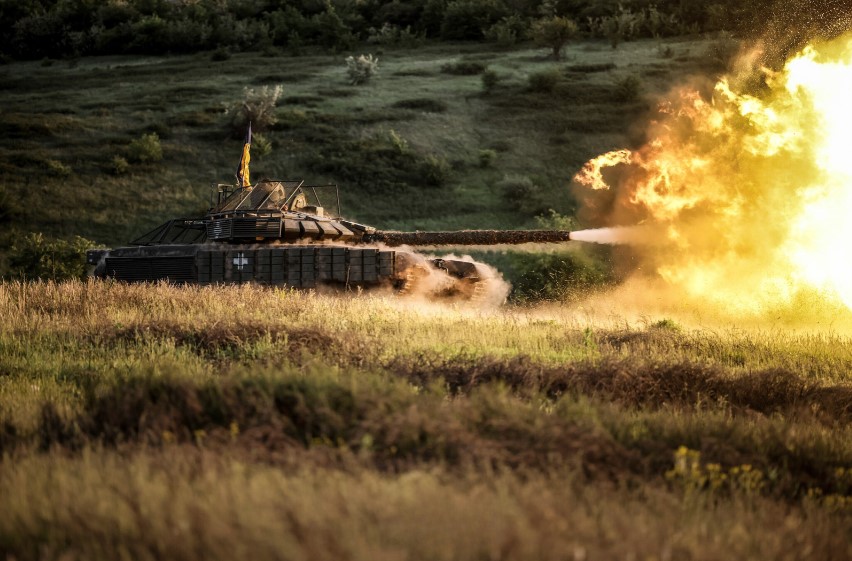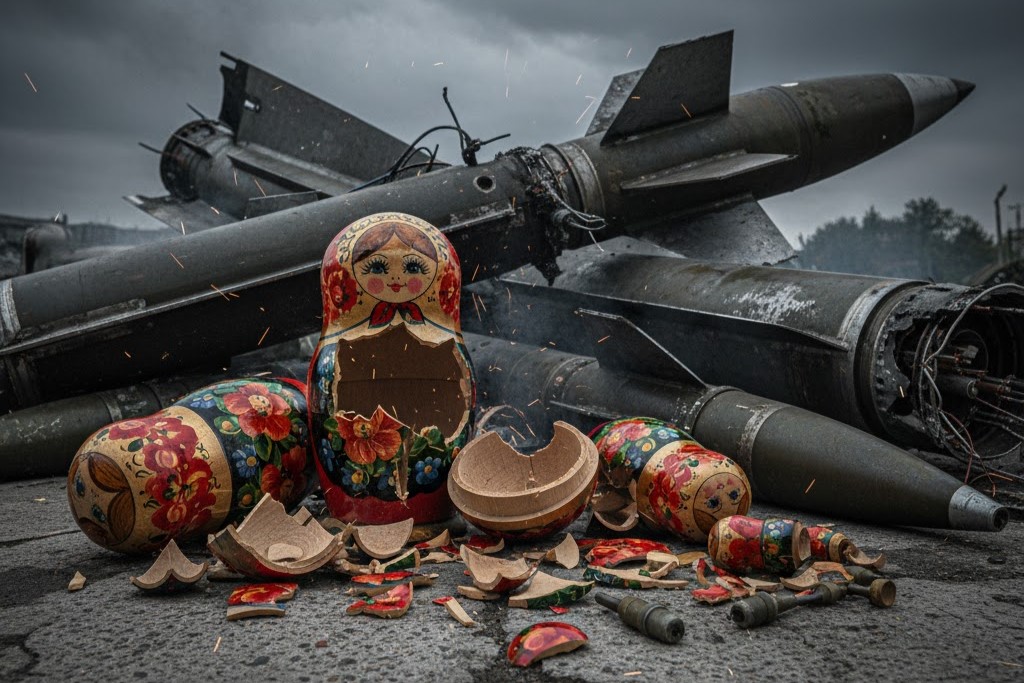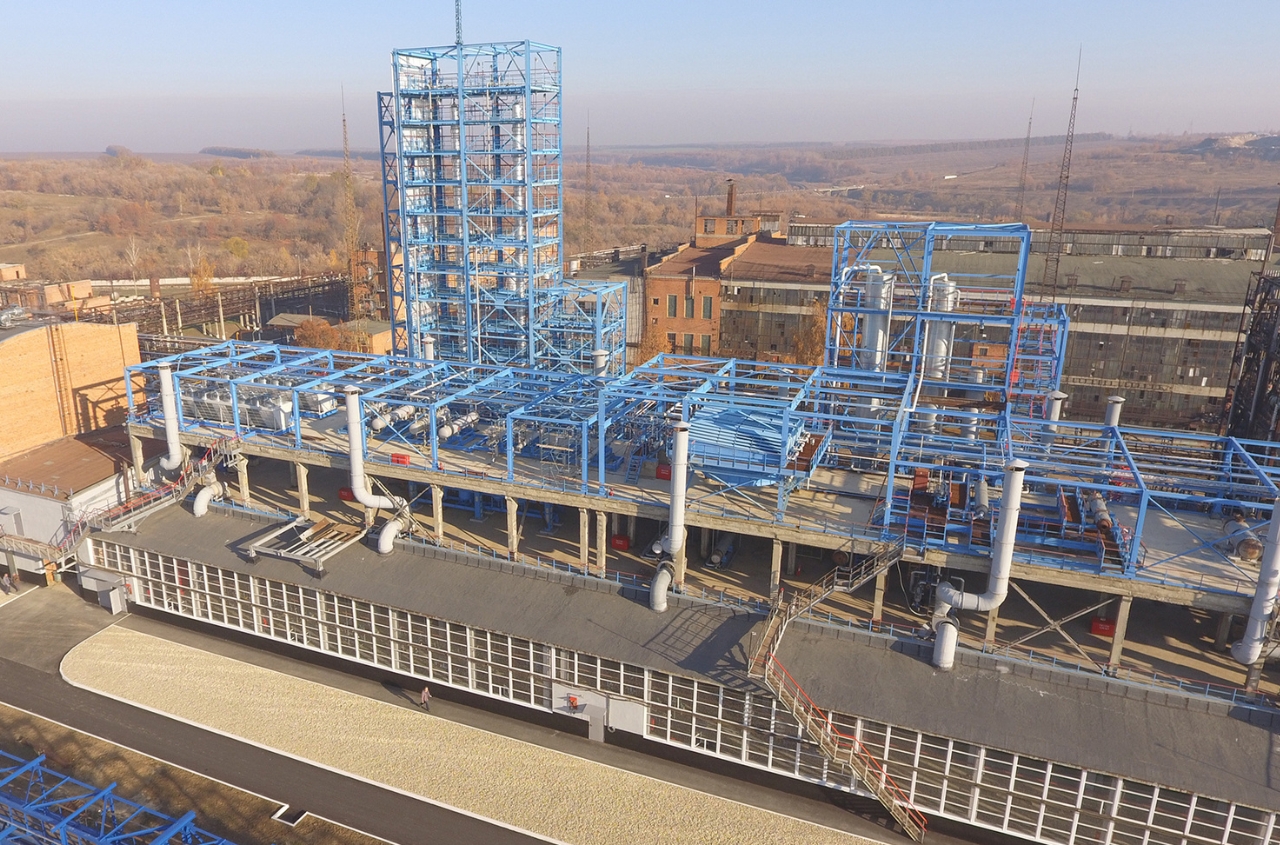Ukrainian sources indicated that Russian forces are concentrating limited, understaffed, and incohesive forces in the Sumy direction, but even such a Russian grouping of forces will be able to achieve the likely desired effect of drawing and fixing Ukrainian forces in the international border area.
The deputy commander of a Ukrainian brigade operating in northern Kharkiv region reported on May 20 that Russian forces, including Chechen forces, are accumulating in the Sumy direction but that the limited number of Russian personnel suggests that the Russian objective is to draw and fix Ukrainian forces to the international border area.
Ukrainian military observer Kostyantyn Mashovets stated on May 20 that the Russian grouping in Kursk region consists of 9,000–10,000 personnel.
Mashovets stated that this grouping consists of up to three under-strength motorized rifle regiments (each lacking one to two battalions); eight motorized rifle, tank, and infantry battalions; and one airborne (VDV) battalion all redeployed from various units, formations, and military districts; and at least two assault detachments at the echelon of a reinforced company or an under-strength battalion.
Mashovets also reported on May 5 that an unspecified VDV battalion is part of the Russian grouping in Kursk Oblast, and a Russian milblogger (who has an avowed bias against the VDV and "Dnepr" Grouping of Forces Commander Colonel General Mikhail Teplinsky) claimed that the Russian 3rd VDV Battalion of the 104th VDV Regiment (76th VDV Division) is in Kursk region.
ISW continues to assess that even limited Russian activity in other areas of the international border below the threshold of Russian offensive operations could have the effect of stretching Ukrainian forces along a wider front and that Russian forces will be able to draw and fix Ukrainian forces to this area as long as Russia threatens penetrations of other border areas beyond northern Kharkiv region.





















